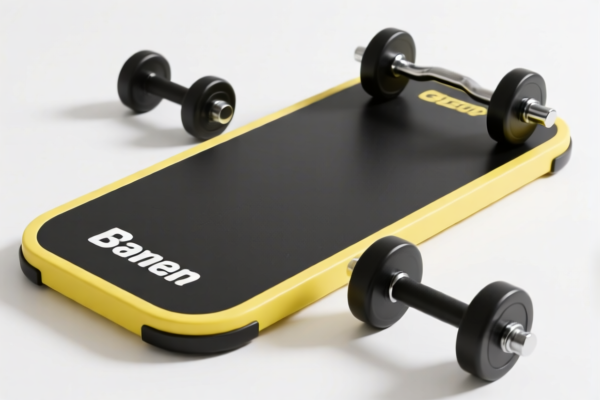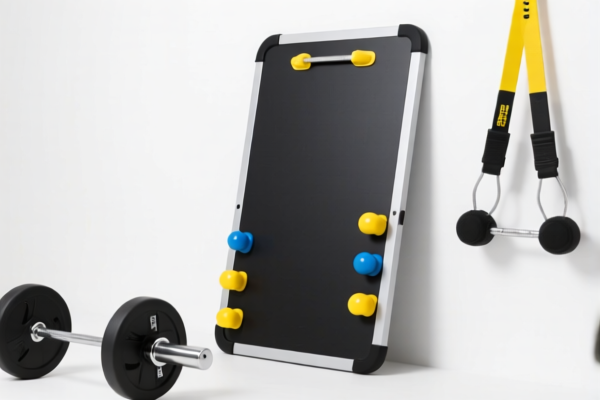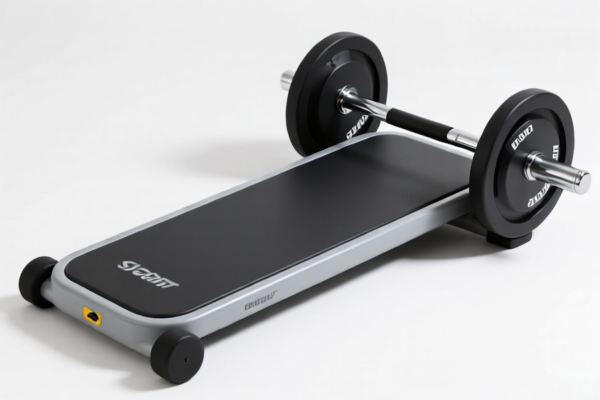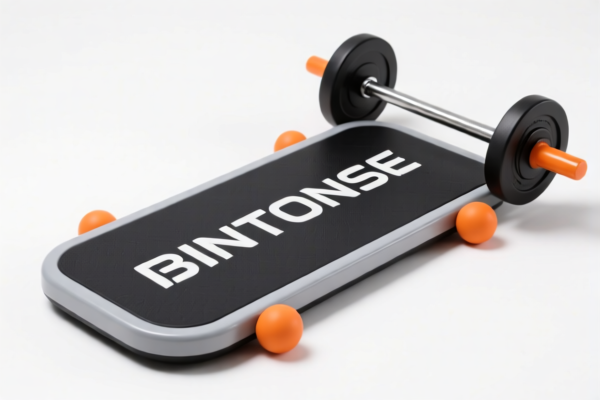| HS Code | Official Doc | Tariff Rate | Origin | Destination | Effective Date |
|---|---|---|---|---|---|
| 8537109170 | Doc | 57.7% | CN | US | 2025-05-12 |
| 8537109150 | Doc | 57.7% | CN | US | 2025-05-12 |




Training Board
A training board is a specialized piece of equipment used for skill development, rehabilitation, or athletic conditioning. These boards are designed to improve balance, coordination, proprioception (awareness of body position), and reaction time. They are utilized across a diverse range of disciplines, including sports, physical therapy, and general fitness.
Material
Training boards are constructed from a variety of materials, selected based on intended use and durability requirements. Common materials include:
- Wood: Often used for balance boards and rocker boards, providing a stable yet responsive surface. Plywood and solid hardwoods are typical choices.
- Plastic: Commonly found in wobble boards and agility boards, offering lightweight and portable options. High-density polyethylene (HDPE) is a frequently used plastic.
- Metal: Used in more robust rehabilitation boards and some specialized athletic training equipment, providing high strength and stability. Aluminum and steel are common choices.
- Foam: Used in some balance pads and cushions for low-impact rehabilitation and proprioceptive training.
- Combination Materials: Many boards utilize a combination of materials, such as a wood deck with a plastic base or a foam pad with a rigid frame.
Purpose
The primary purpose of a training board is to challenge the user's stability and neuromuscular control. This is achieved by creating an unstable surface that requires constant adjustments to maintain balance. Specific purposes include:
- Rehabilitation: Recovering from injuries, particularly those affecting the ankles, knees, and core. Improves joint stability and range of motion.
- Athletic Conditioning: Enhancing balance, coordination, and proprioception for improved performance in sports requiring quick changes in direction and agility.
- Skill Development: Learning and refining skills that require balance and coordination, such as surfing, snowboarding, and skateboarding.
- General Fitness: Improving core strength, stability, and overall body awareness.
Function
Training boards function by disrupting the user’s center of gravity. The unstable surface forces the body to engage stabilizing muscles to maintain equilibrium. This process:
- Strengthens Stabilizing Muscles: Particularly those in the ankles, knees, hips, and core.
- Improves Proprioception: Enhances the body’s awareness of its position in space.
- Increases Reaction Time: Requires quick adjustments to maintain balance.
- Enhances Neuromuscular Control: Improves the communication between the brain and muscles.
Usage Scenarios
- Physical Therapy Clinics: Used under the guidance of a physical therapist for injury rehabilitation.
- Sports Training Facilities: Incorporated into training programs for athletes of all levels.
- Gyms and Fitness Centers: Used as part of general fitness routines.
- Home Workouts: Used for personal fitness and rehabilitation.
- Outdoor Activities: Surf training boards are used to simulate the movements of surfing on land.
Common Types
- Balance Boards: Typically a flat board with a cylindrical roller or sphere underneath. Require the user to maintain balance by shifting their weight.
- Wobble Boards: Feature a circular or square board mounted on a hemispherical base. Allow for multi-directional movement.
- Rocker Boards: Have a curved base that allows for forward and backward tilting. Focus on ankle and calf muscle strength.
- BOSU Ball: A half-sphere with a flat platform, providing both stable and unstable surfaces. Versatile for a wide range of exercises.
- Agility Boards: Small, flat boards used to improve footwork and agility. Often used in cone drills.
- Surf Training Boards: Designed to simulate the movements of surfing, with a curved surface and a rotating base.
- Skateboard Training Boards: Designed to simulate the movements of skateboarding, often with a similar shape and feel to a skateboard deck.
Based on the provided information, “training board” can be classified under the following HS codes:
-
8537109170: This HS code covers boards, panels, consoles, desks, cabinets and other bases, equipped with two or more apparatus of heading 8535 or 8536, for electric control or the distribution of electricity, including those incorporating instruments or apparatus of chapter 90, and numerical control apparatus, other than switching apparatus of heading 8517. Specifically, it applies to those for a voltage not exceeding 1,000 V, categorized as “Other: Other”. The total tax rate is 57.7%, comprising a basic tariff of 2.7%, an additional tariff of 25.0%, and a further additional tariff of 30.0% effective after April 2, 2025.
-
8537109150: This HS code also covers boards, panels, consoles, desks, cabinets and other bases, equipped with two or more apparatus of heading 8535 or 8536, for electric control or the distribution of electricity, including those incorporating instruments or apparatus of chapter 90, and numerical control apparatus, other than switching apparatus of heading 8517. However, this code specifically applies to those for a voltage not exceeding 1,000 V, categorized as “Other: Panel boards and distribution boards”. The total tax rate is also 57.7%, consisting of a basic tariff of 2.7%, an additional tariff of 25.0%, and a further additional tariff of 30.0% effective after April 2, 2025.
According to the provided reference material, the HS code options related to 'training board' are limited, with only the following 2 found.
Please note that for both HS codes 8537109170 and 8537109150, the applicable tax rate is 57.7%, which includes a basic tariff of 2.7%, an additional tariff of 25.0%, and a further additional tariff of 30.0% effective after April 2, 2025.
Customer Reviews
No reviews yet.